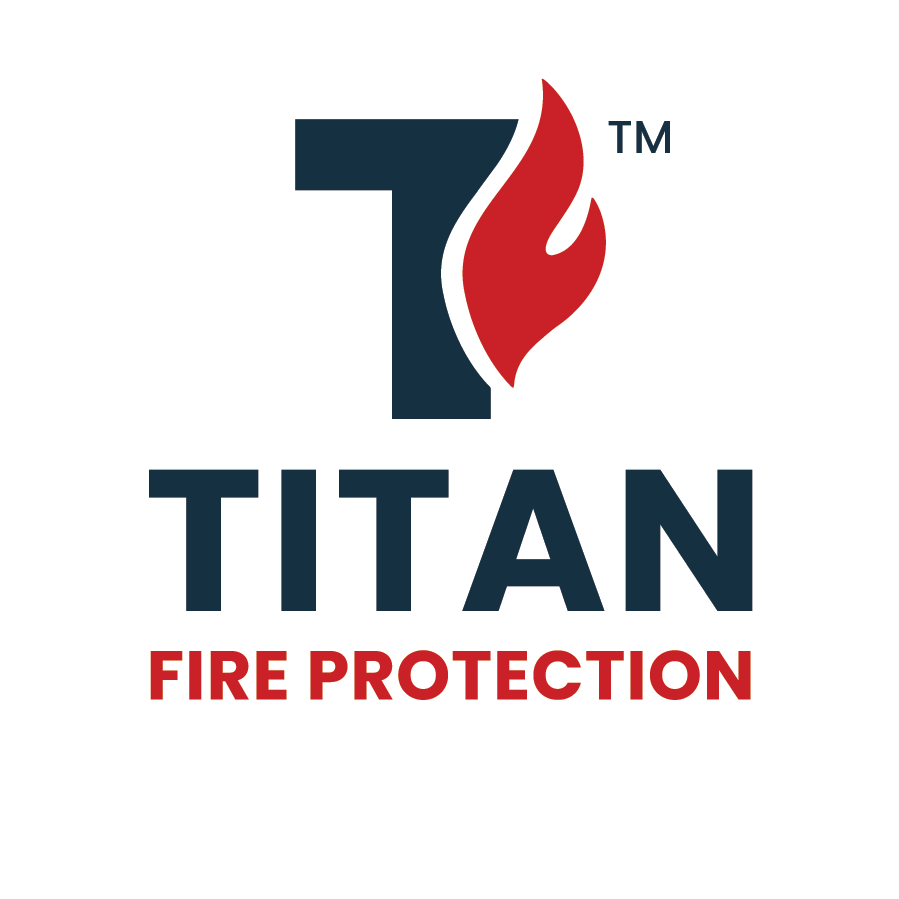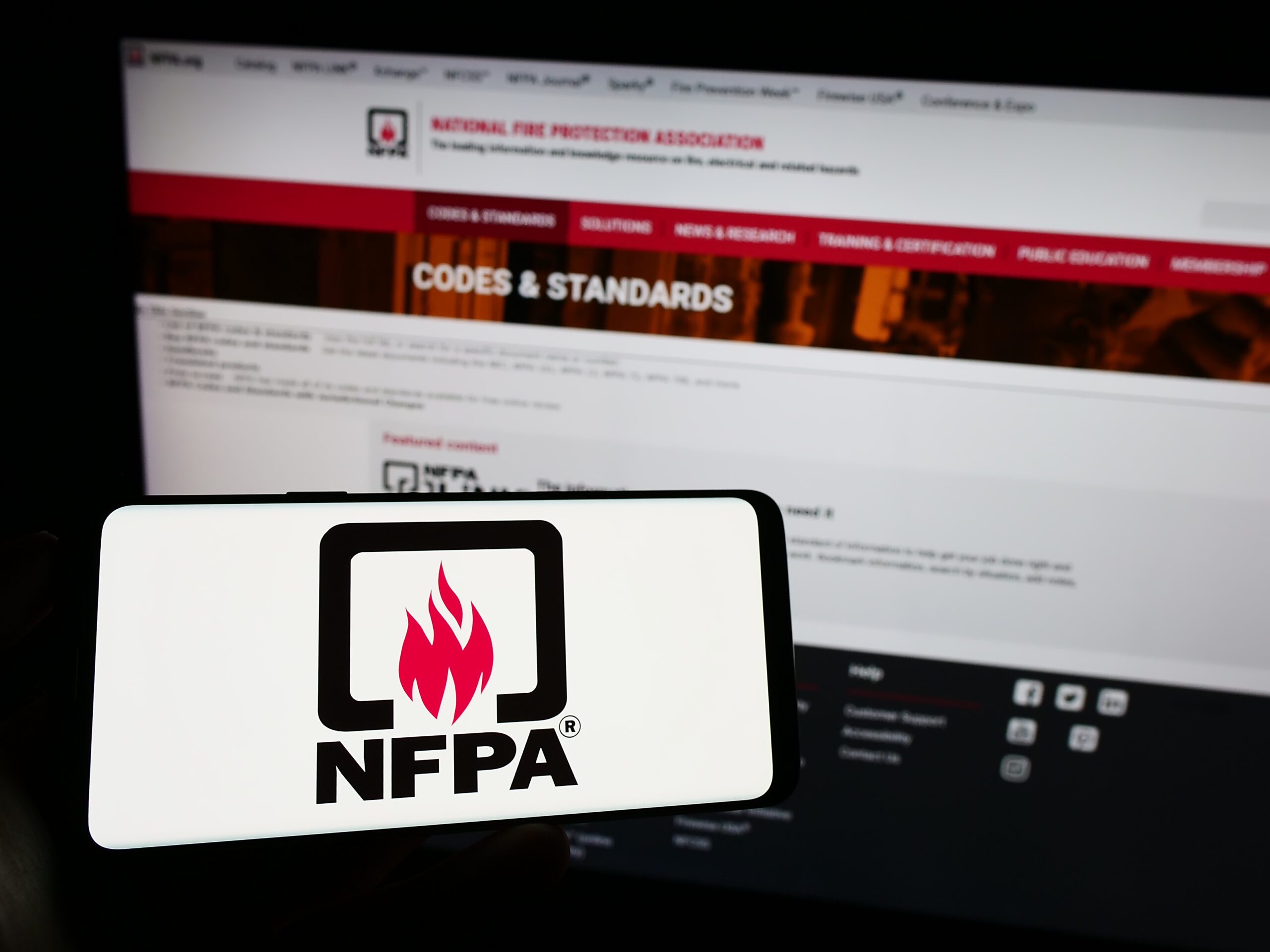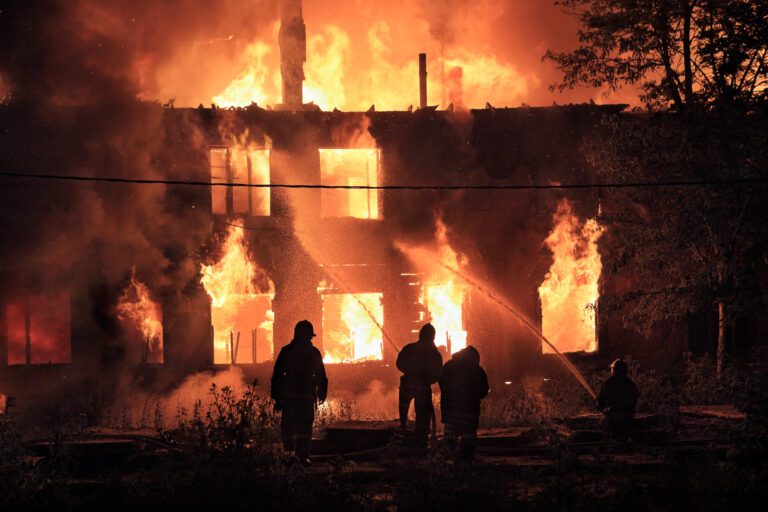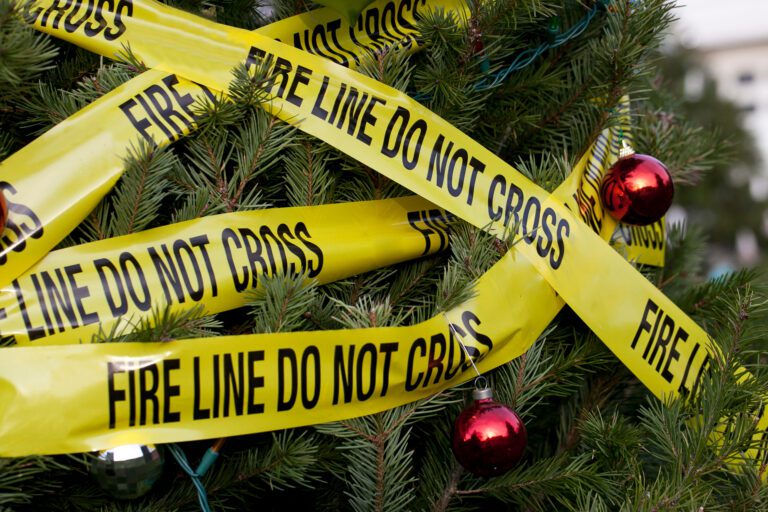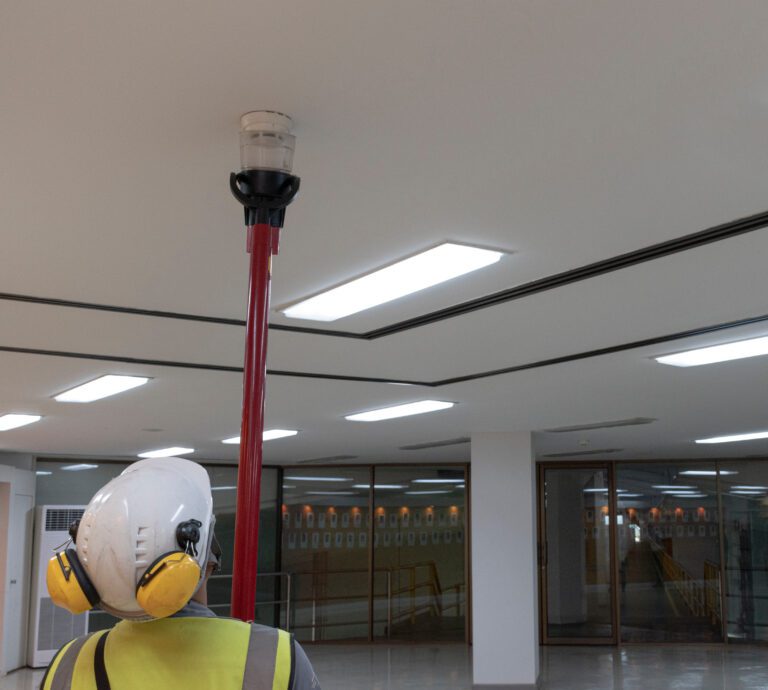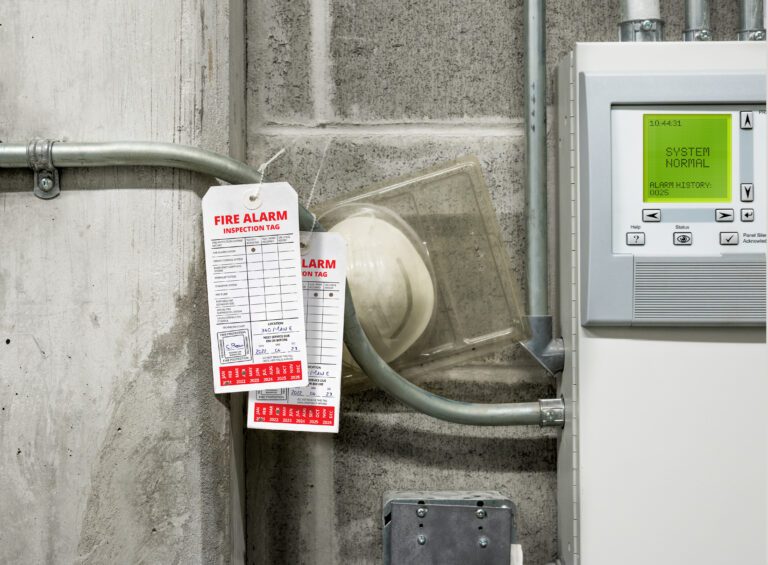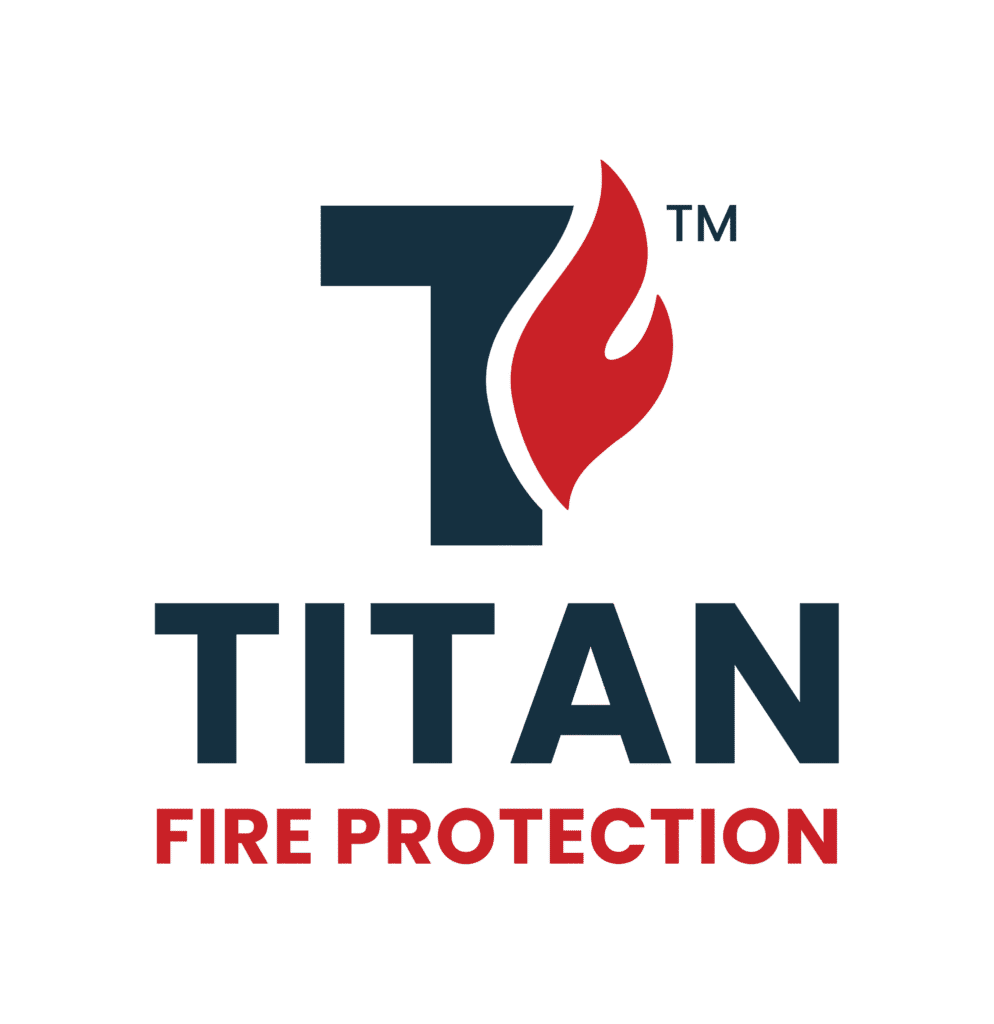Understanding NFPA Standards – A Guide for Business Owners
When it comes to protecting your building, employees, and assets, the National Fire Protection Association (NFPA) is the gold standard. NFPA codes set the rules for how fire protection systems are designed, installed, and maintained—and for business owners, understanding them is essential to staying compliant and safe.
What Are NFPA Standards?
NFPA standards are consensus-based codes developed by fire safety experts, engineers, and industry professionals. They cover every aspect of fire protection, from sprinkler systems and alarms to electrical safety and hazardous materials handling.
The most common for business owners include:
- NFPA 72 – National Fire Alarm and Signaling Code
- NFPA 13 – Standard for the Installation of Sprinkler Systems
- NFPA 10 – Standard for Portable Fire Extinguishers
- NFPA 101 – Life Safety Code
- NFPA 70 – National Electrical Code (NEC)
Why They Matter
Compliance isn’t just about passing inspections—it’s about protecting lives and avoiding costly downtime. Insurance carriers often require proof of NFPA compliance, and violations can result in fines or even business closure.
Common Mistakes Businesses Make
- Assuming local code enforcement handles everything
- Failing to keep inspection and testing records
- Not updating systems when NFPA standards change
How Titan Fire Protection Helps
At Titan Fire Protection, we stay ahead of NFPA updates so you don’t have to. Our NICET-certified team ensures your systems are designed, installed, and maintained to meet or exceed current standards.
Final Word:
NFPA codes are the backbone of fire safety. Partner with a provider who understands them inside and out—because Safeguarding Lives, Protecting Futures starts with compliance.
